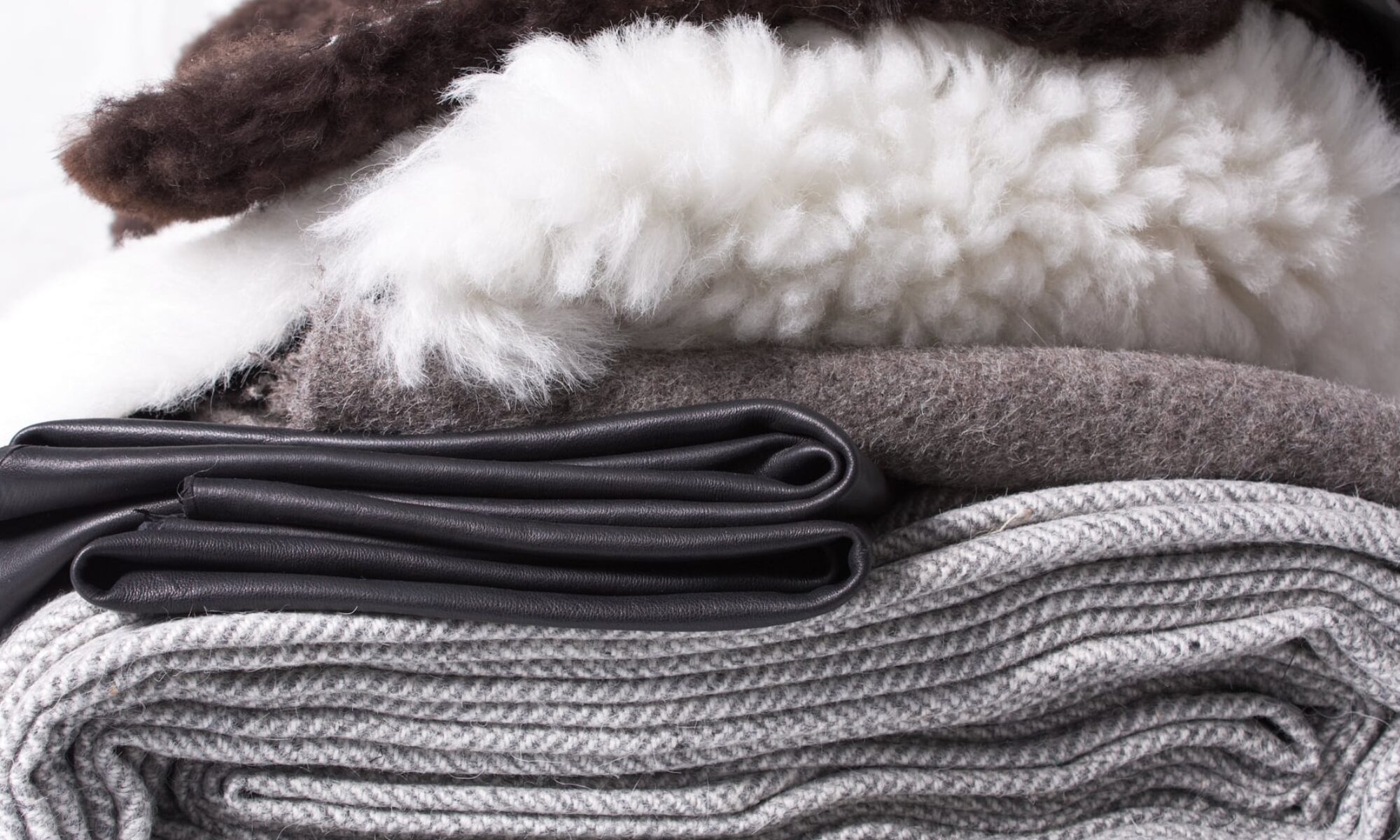Past
In Iceland, as elsewhere, the raw materials available were used in making essential items. Where the northern Arctic Ocean meets the warm Gulf Stream, the climate is wet with mild winters and cool summers. Over the centuries, people here have successfully adapted to the unpredictable forces of nature. In a cold climate, clothes are literally a question of life or death. In the Arctic, leather preparation and sewing were essential survival skills. If your clothes break or tear in the icy cold, you have to be able to repair them. Knowledge of how to make waterproof, breathable garments has existed for a very long time. When the weather was coldest, people dressed in warm furs. Fur clothing was tailored to make use of the animal’s skin with a minimum of waste. The skins were also used in riding gear and saddles and were used by scholars in bookbinding.
The sagas are the Classics of Iceland. Written in the 12th-14th century and telling the stories of the early settlers of Iceland, the sagas are of great historical, cultural and literary value. Most of the medieval Icelandic literature that survives was preserved in the form of manuscripts from the 13th century and later. Until inexpensive paper became available in the 16th century, the only suitable material for the leaves of books was vellum, made from animal skins. Typically, calfskin was used.
The process of making a book was both time consuming and expensive. For Flateyjarbók, the skin of 113 calves was used to create the 225 leaves that make up the book. Today, it can be hard to conceive of the value of that raw material. At the time the volume was created, even a single milk cow might mean the difference between a family surviving or starving to death over the winter. To sacrifice 113 potential milk cows to make one book speaks to the importance and value these books had in this era.
Recent
Like other industries, the hides industry in Iceland developed from the home industry to factory production. This took time, and many of the companies that arose around the turn of the century in 1900 barely made it to the factory level. Knowledge of tanning for production was scarce, so people had to be sent abroad in the 19th century to acquire that knowledge. People went from Iðunn’s fur factory in Akureyri to Norway and the United Kingdom, but in the 1940s, 1950s and 1960s there was a lot of communication with the company Almocalf in Svenljunga, which was owned by the Swedish co-operative. There, people acquired knowledge both in connection with tanning and shoemaking. There was also extensive communication, from the sixties to the eighties, with Friitala in Finland. Icelanders visited Germany as well, but in the 1940s the Germans were considered to be at the forefront of tanning industry.
The American company Helburn Thompson Company was also a big contributor to the tannery industry in Iceland. They were the the main buyer of Icelandic hides around 1920s, which led to opportunity for an Icelander, Thorsteinn Davidsson, to go to America to gain knowledge on the pre-processing of hides before tanning. The tannery run by the American company was both modern and big at the time. Gæruverksmiðja SÍS (SÍS tannery factory) began its operations in 1923 under the management of Thorsteinn, who was the factory’s professional manager for all the operation years and Iðunn’s factory manager until 1970.
The tannery factory first engaged in salting hides for export, but the production became more diverse with the increased activity within clothing and footwear industry. Both tanned leather and fur-tanned sheepskin as well as large items were processed, but this processing provided both SÍS clothing and footwear factory with all raw materials. In 1987, clothing and shoemaking ceased in Iceland and hides began to be mostly exported, first processed and later as finished goods. Full processing of suede (mokkaskinn) had become the main processing around 1980, but at the same time the name Gæruverksmiðja had been changed to Skinniðnað. The operation continued with at least some changes until 2005 when it was decided to cease operations. The operation of the factory was completed in 2006, ending the 83-year history of this industry in Akureyri.
Today
Not too many years ago, three tanning factories were operating in Iceland. All of these factories had a great deal of knowledge and were equipped with good equipment. Knowledge in this field was extensive in this country; but only part of this knowledge remains as in 2019 the last tannery factory, Atlantic leather, quit tanning sheep skin and focus solely on fish skin now.

